Optimal Timing for Concrete Pouring
Choosing the optimal time for pouring and setting concrete is essential for achieving durable and high-quality results. Weather conditions, temperature, and humidity significantly influence concrete curing and strength development.
Concrete cures best when temperatures are between 50°F and 85°F. Extreme cold or heat can impair setting and strength.
Spring and fall often provide the most favorable conditions, with moderate temperatures and lower precipitation.
Monitoring weather forecasts helps plan pour dates to avoid rain, snow, or extreme heat during curing.
Scheduling during periods of stable weather minimizes risks of delays and structural issues.

Ways to make Concretes work in tight or awkward layouts.

Popular materials for Concretes and why they hold up over time.

Simple add-ons that improve Concretes without blowing the budget.
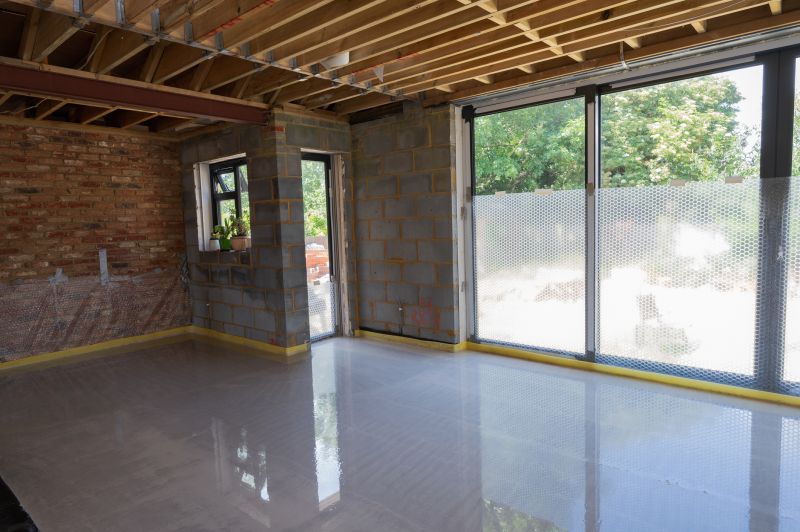
High-end options that actually feel worth it for Concretes.

Finishes and colors that play nicely with Concretes.
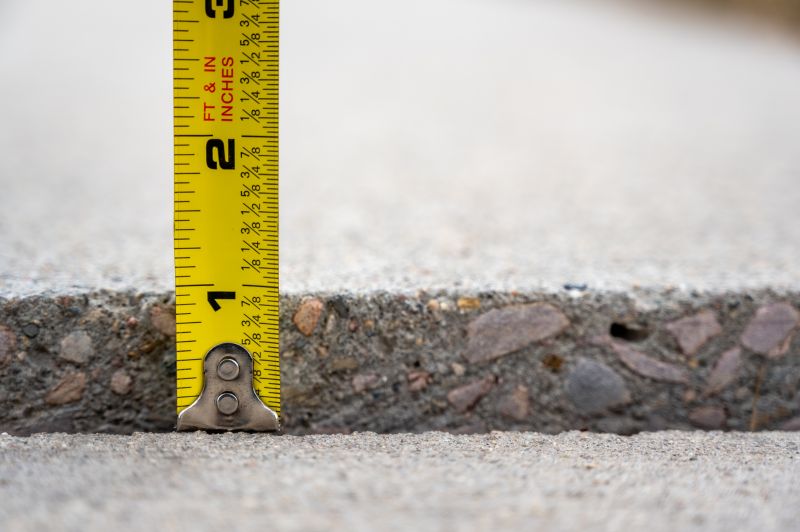
Little measurements that prevent headaches on Concretes day.
Concrete is a composite material composed mainly of cement, aggregates, and water. It is one of the most widely used construction materials worldwide due to its versatility, durability, and strength. Proper timing in concrete placement ensures optimal curing, which directly impacts its longevity and performance.
Statistics indicate that concrete structures can last for decades when properly cured and maintained. The curing process is critical, as it influences the hydration of cement particles, affecting the final strength and durability. Environmental factors during curing, such as temperature and moisture, can accelerate or hinder this process.
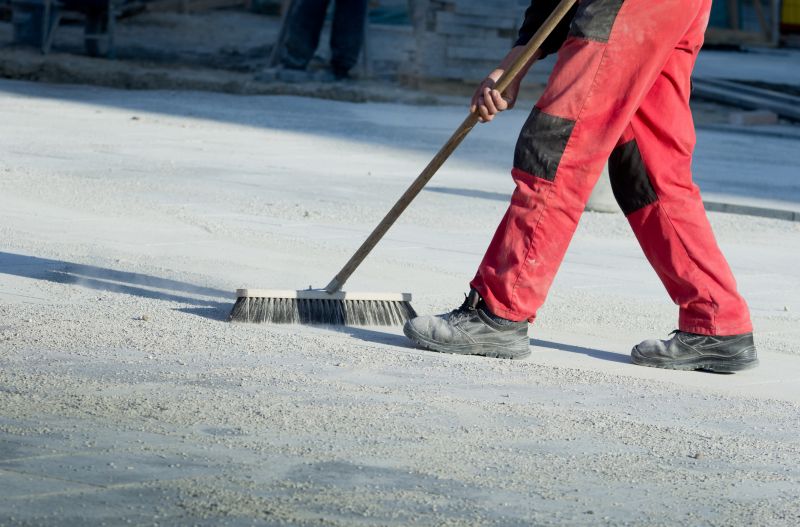
A 60-second routine that keeps Concretes looking new.
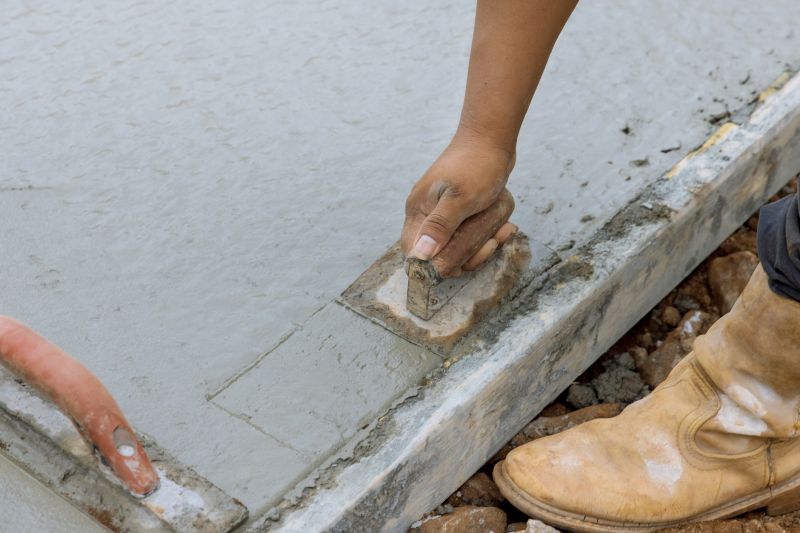
A frequent mistake in Concretes and how to dodge it.
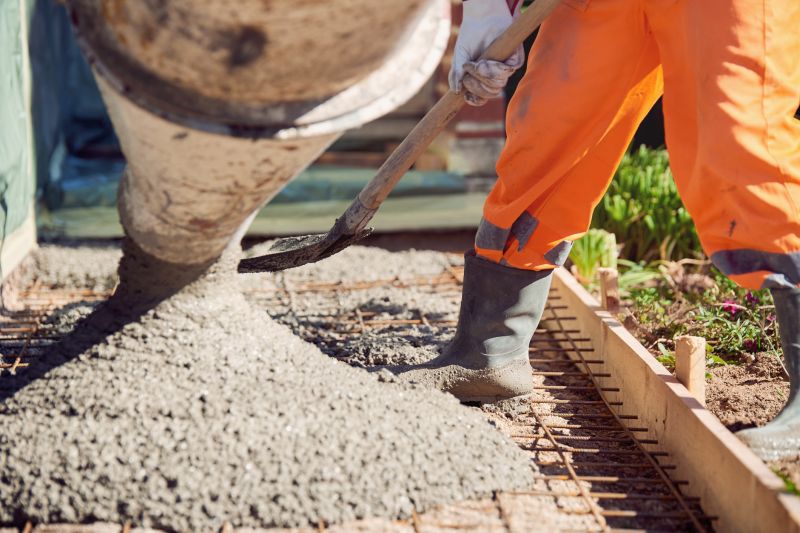
Small tweaks to make Concretes safer and easier to use.
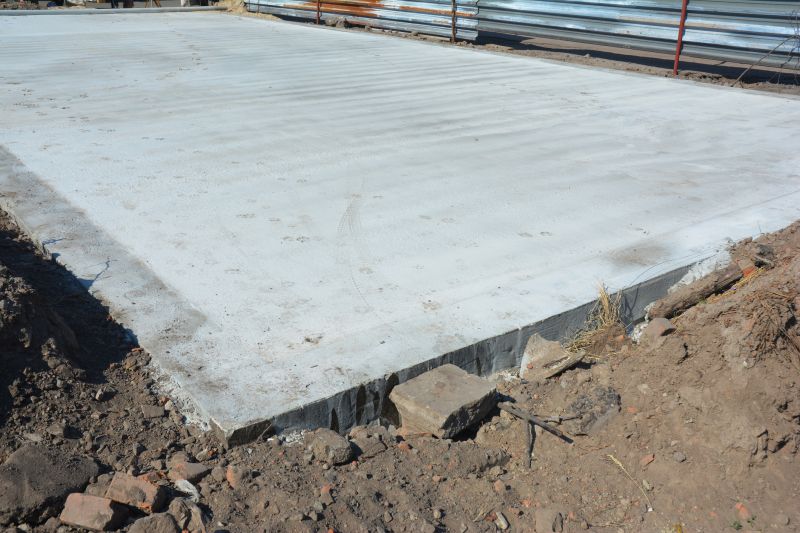
Lower-waste or water-saving choices for Concretes.
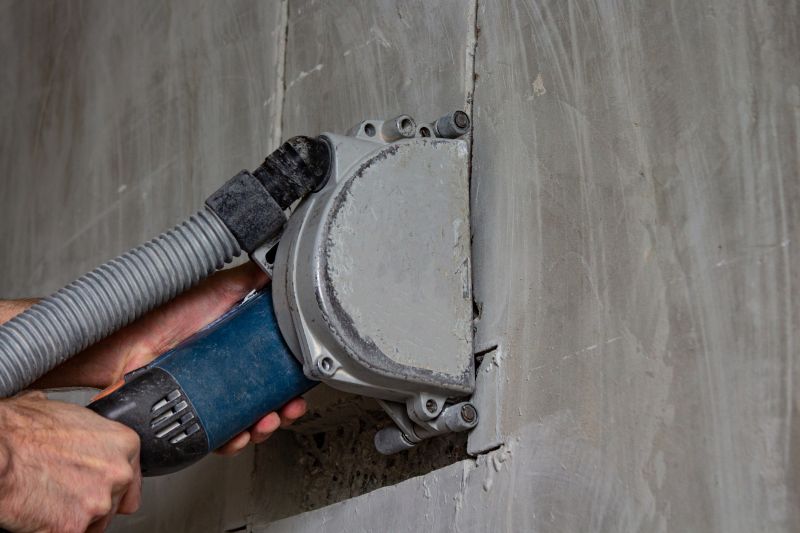
The short, realistic tool list for quality Concretes.
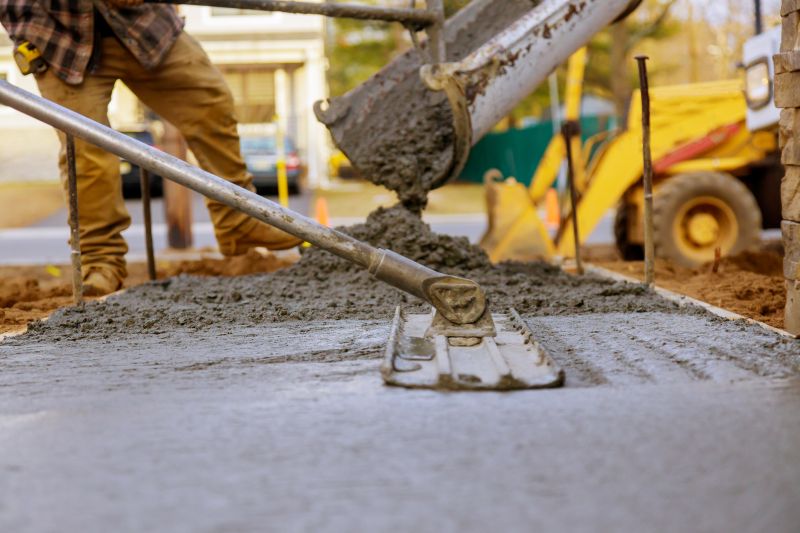
Rough timing from prep to clean-up for Concretes.
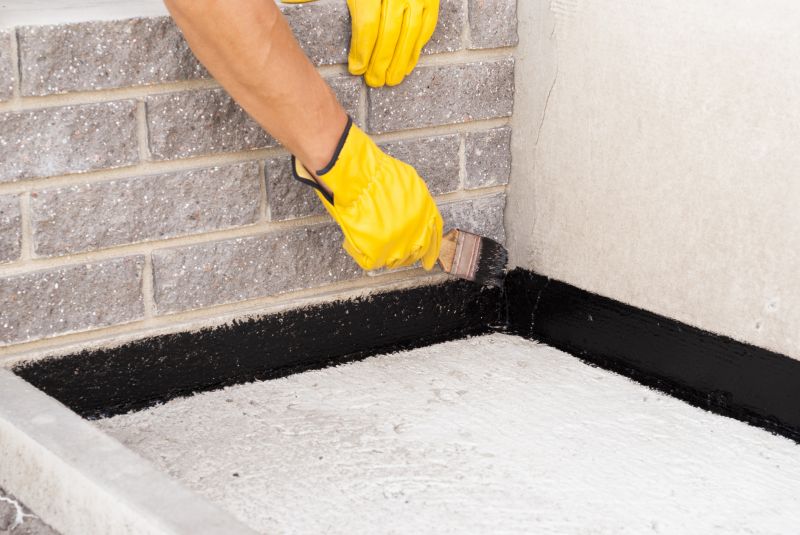
Quick checks and paperwork to keep after Concretes.

Examples that show the impact a good Concretes can make.
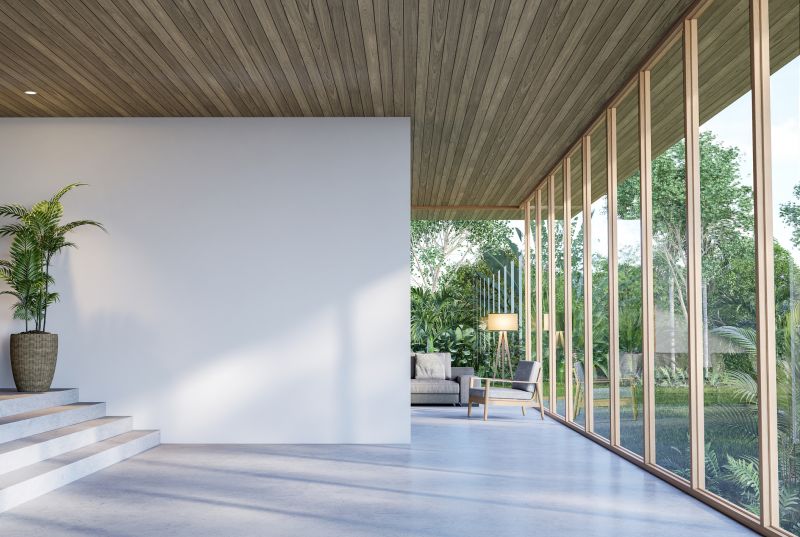
Ways to make Concretes work in tight or awkward layouts.
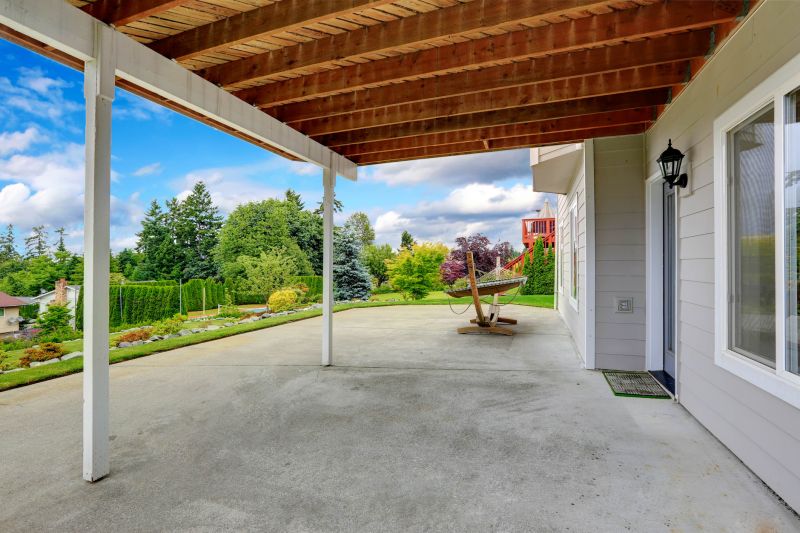
Ways to make Concretes work in tight or awkward layouts.
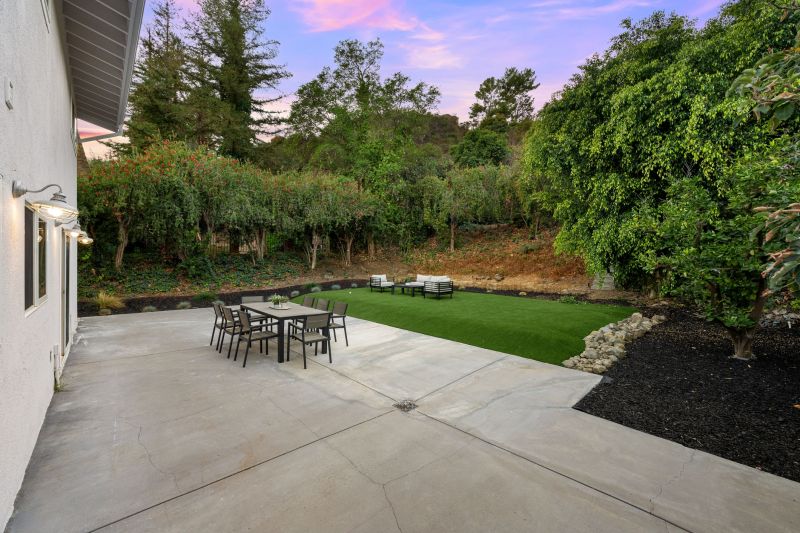
Ways to make Concretes work in tight or awkward layouts.

Ways to make Concretes work in tight or awkward layouts.
| Aspect | Optimal Conditions |
|---|---|
| Temperature | Between 50°F and 85°F |
| Humidity | Moderate to high humidity |
| Precipitation | Avoid during pouring and curing |
| Wind | Minimize to prevent rapid moisture loss |
| Time of Year | Spring and fall preferred |
| Daylight | Clear, dry days with stable weather |
| Temperature Control | Use of heating or cooling as needed |
Filling the contact form is recommended for those interested in scheduling concrete work or seeking professional guidance. Proper timing and conditions are crucial for ensuring the longevity and strength of concrete installations.
